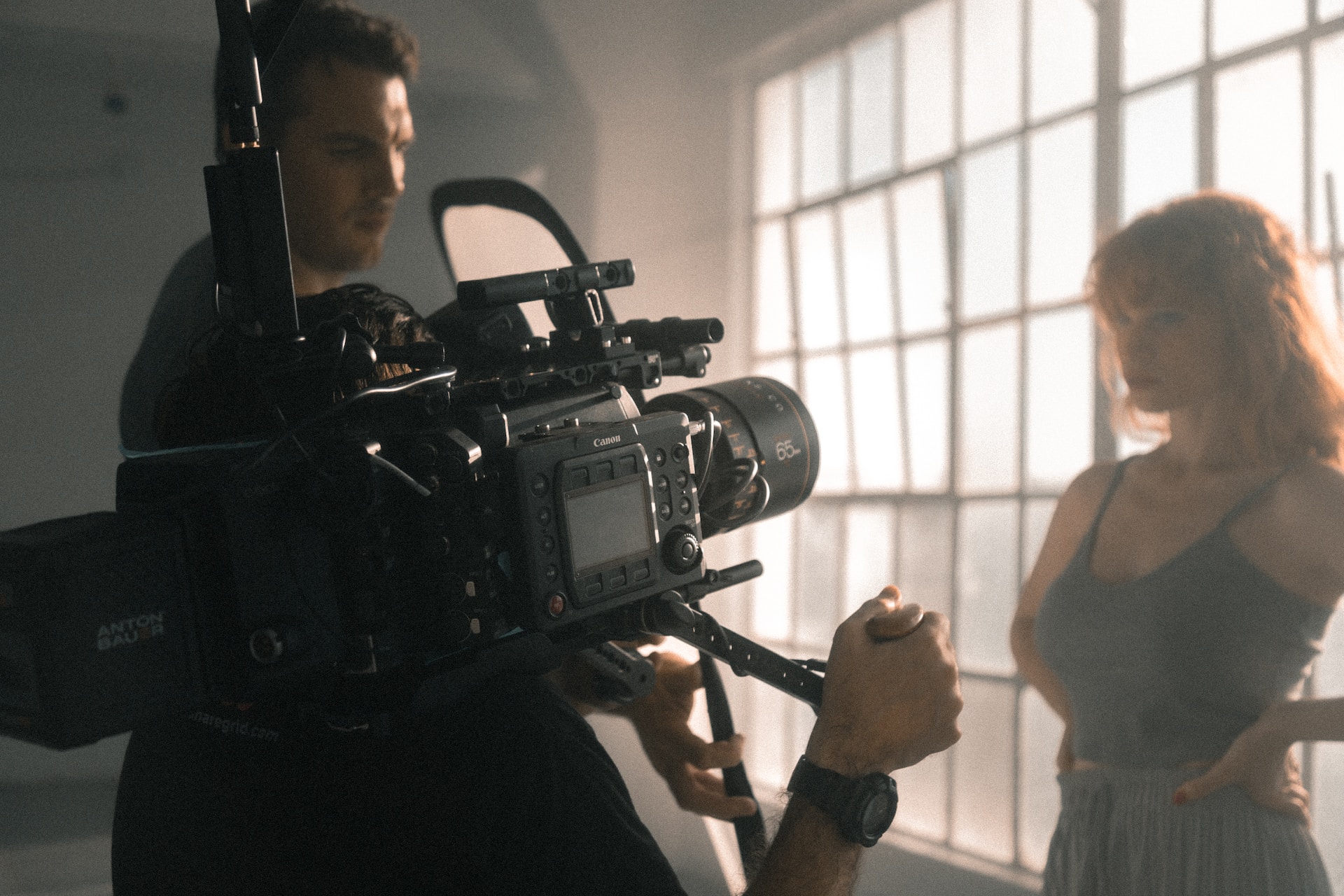Dive into Drama: Exploring Different Acting Styles

A diverse range of styles and approaches are used in the art of acting. Actors are able to convey emotions and personalities in a variety of ways, with each style offering a distinctive method of telling a tale. Let’s examine the traits of a few of the various acting philosophies.
Classical acting:
The performance idiom utilized in Elizabethan and ancient Greek theatre is referred to as classical acting. It places a strong emphasis on formal and polished line delivery, frequently with an emphasis on excellent diction and enhanced gestures. The goal of classical acting is to portray people who are larger-than-life, frequently in lavish performances like Shakespearean plays.
Method Acting:
Method acting is a technique popularized by practitioners like Konstantin Stanislavski and Lee Strasberg. It encourages actors to draw from their personal experiences and emotions to create authentic and realistic characters. Method actors immerse themselves deeply in the role, often staying in character even offstage. They strive for emotional truth and often employ sense memory and emotional recall techniques.
Physical Theatre:
The physical theatre focuses on the expressive potential of the body, using movement, gesture, and physicality to convey meaning. It often incorporates elements of dance, mime, and acrobatics. Physical theatre performances can be highly imaginative and rely on non-verbal communication to tell a story, creating visually captivating experiences.
Improvisational Acting:
Improvisational acting involves creating scenes and dialogue on the spot without a scripted framework. Actors rely on spontaneity, creativity, and collaboration to develop characters and narratives in real time. Improv acting is commonly seen in comedy shows and improvisational theater, where performers must think quickly and respond to unexpected situations.
Classical Ballet:
Classical ballet is a highly technical and stylized form of dance that requires years of training. Ballet dancers strive for precision, grace, and fluidity of movement. Acting in classical ballet involves conveying emotions and narratives through expressive gestures, facial expressions, and body language, often accompanied by music.
Contemporary Acting:
Contemporary acting encompasses a wide range of styles seen in modern theater, film, and television. It emphasizes naturalistic and realistic performances, focusing on genuine emotions and relatable characters. Actors often employ a mix of techniques from various acting schools to create authentic portrayals in contemporary settings.
Physical Comedy:
Physical comedy relies on exaggerated movements, slapstick humor, and comedic timing to create laughter. Actors in physical comedy use their bodies to generate humor, often incorporating funny facial expressions, pratfalls, and physical gags. Silent films featuring iconic comedians like Charlie Chaplin and Buster Keaton are classic examples of physical comedy.
These are just a few examples of the many acting styles and techniques that exist. Each style offers its own artistic approach to storytelling, and actors often develop their own unique blend of techniques. The choice of acting style depends on the medium, the requirements of the character, and the overall vision of the production. Actors continue to explore and experiment with different styles to push the boundaries of their craft and create compelling performances.